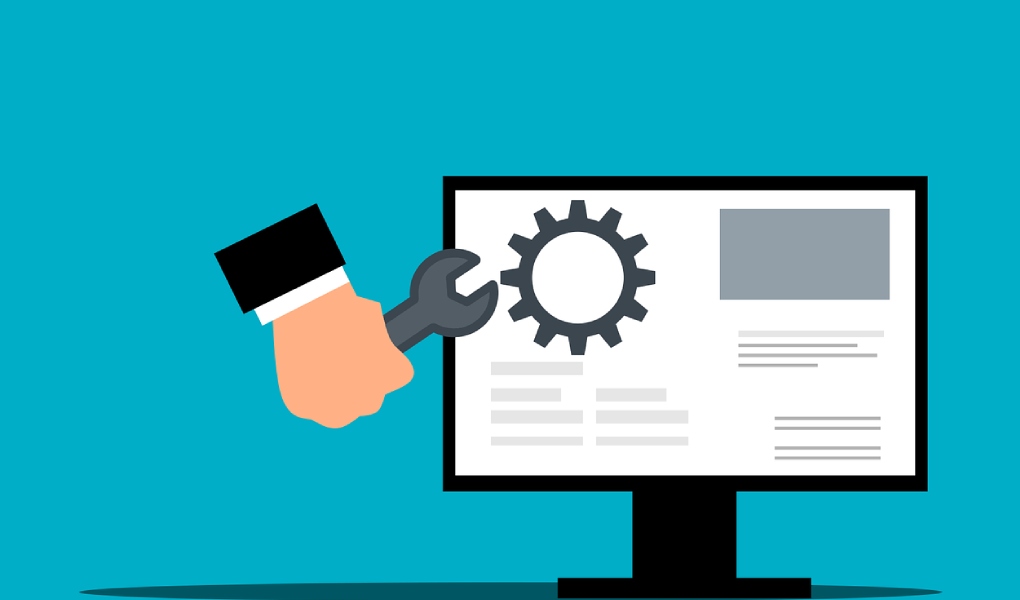Almost everyone has a lot of data and needs to make operational management decisions. Such systems provide nearly limitless possibilities for reporting, complex analytics, forecasting, and planning.
For example, in taxi aggregators – the situation between customers and drivers is changing quickly; you need to understand what is happening. Even a delay of 15 minutes in this market is critical.
Or big online stores and retailers. It is essential to know the availability of stocks in the warehouse and revenue indicators here and now – after all, even in 10 minutes of a trading day, these values change very quickly.
Using these examples, you mentally tried on OLAP for your business. And we already understood how much you need such a system.
Highlight: Multivariate Data Analysis
The most interesting of all these technologies are multidimensional OLAP and multidimensional systems, which are used to collect information from all company departments. The software for such systems is damn complex and exciting; it can work with various sources quickly and efficiently, simultaneously querying dozens of multi-terabyte tables.
However, the impressive ability to interrogate different suppliers is not the most crucial thing; such systems also have the coolest tools for working with the data itself.
Let’s take a look at a few representatives of the multidimensional database market for OLAP:
- Vertica is a good base that appeared in 2005. The most remarkable feature of this system is the machine learning algorithms built into it. You can apply regressions and calculate clusters on data using SQL queries without writing a single line of code to create machine learning models.
- Greenplum is a professional database powered by PostgreSQL. Colossal performance, reliability, and scalability for those who need to move gigabytes of records in real-time. Perhaps it isn’t easy to find something more flexible and powerful than this thing. And it is also available in ready-made and configured form in the cloud – in the form of the Arena Data DB DBMS. The cloud service will help deploy a complex multidimensional database in the shortest possible time.
- Hadoop. A piece, in general, is not intended for OLAP processes. Nevertheless, it can serve as the core of an OLAP system. Quality and speed will suffer, but this tool is always at hand; it is simple and knows how to cope with its tasks. That is an option for rapid prototyping of OLAP systems. It can also integrate with Greenplum, in which case such a system is suitable for working with big data.
Also Read: Three Models Of Disaster Recovery Cloud Solutions



